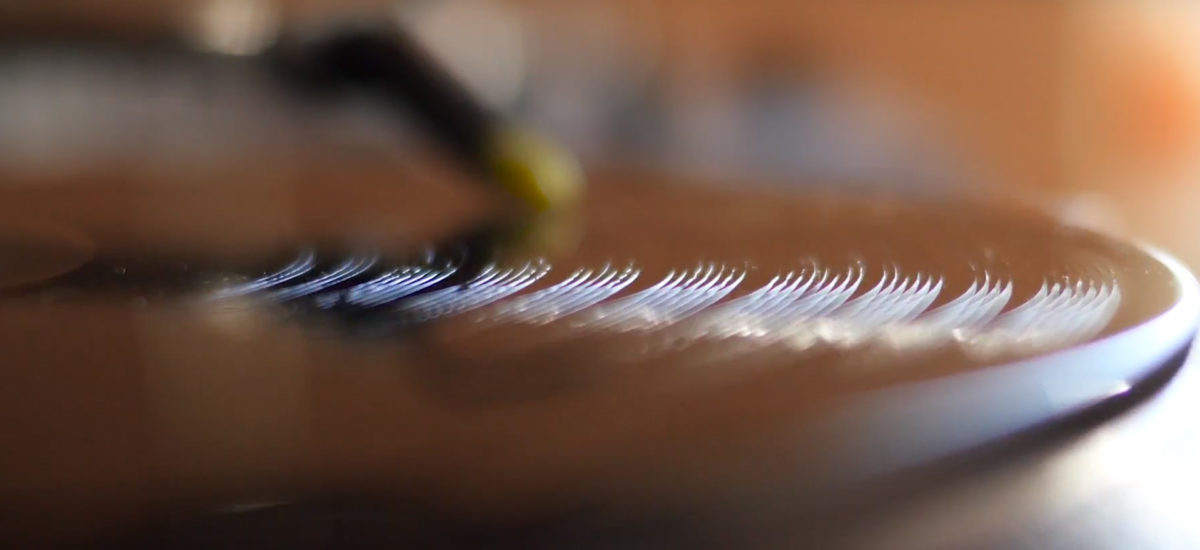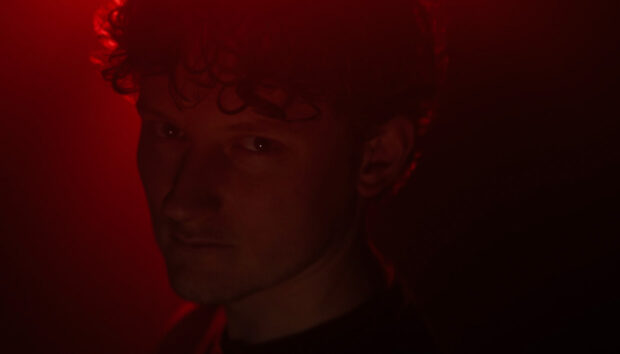
One of the most famous examples of a locked groove comes at the end of The Beatles’ Sgt. Pepper’s Lonely Hearts Club Band. After the last song, A Day In The Life climaxes to its cacophonic ending, a layered loop of voices eternally recite the final lyrics for eternity. In 1994, Jeff Mills released ‘Cycle 30’, the A-side of which consisted of eight-individual locked groove productions making it a perfect DJ-tool record. The cult album Unknown Pleasures by Joy Division also ends with a locked groove, with the sound of breaking glass, repeating until the tonearm is lifted.
Every vinyl has a locked groove, the main purpose of which is to stop the stylus from crossing over the paper label area at the end of the record. But they’re also an opportunity for artists to use them creatively by pressing a small amount of music into this section.
For vinyl DJs, locked grooves are powerful, creative tools. Think of them as an analog version of a digital loop; an endless series of bars that can be mixed with other records, creating additional textures and layers, depending on the sound loop you have set as your locked groove.
To understand more about this fascinating technique, IRRUPT – the team behind the industrial techno Expansion, CARBON DECAY – visited one of Berlin’s seminal mastering studios, Manmade Mastering. Mike Grinser, one of the co-founders of the mastering plant, talks about the processes of cutting locked grooves, having mastered the sounds featured in the Expansion. All 729 loops and samples were sourced from analog synths and drum machines then pressed to vinyl and then expertly resampled to create a deeply authentic sound.
Take a listen to CARBON DECAY here.















